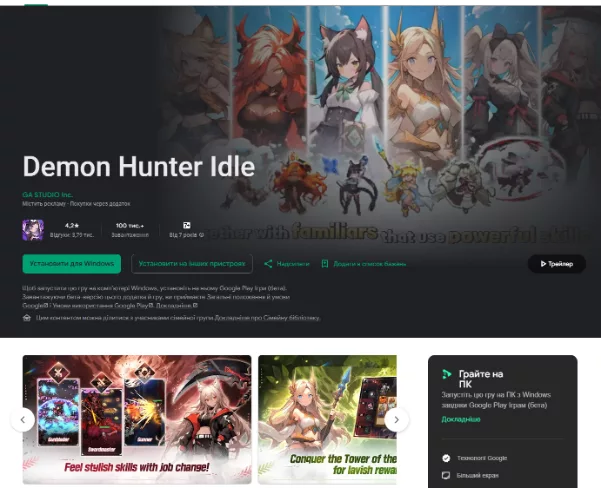Hello, community! Mobile apps are gradually becoming almost a full alternative to traditional landing pages. Many affiliates send traffic straight to PWAs, or simply optimize app pages to capture organic traffic.
We’ve already explained what ASO is and how it differs from SEO. Recommended reading. Meanwhile, here’s how app optimization works in 2025. Let’s go!
Behavioral factors are as important as in SEO
ASO is the optimization of an app’s store listing (App Store Optimization). Unsurprisingly, ASO and SEO have a lot in common—the former is a modern interpretation of resource optimization adapted to new realities.
One of the most noticeable similarities between ASO and SEO is the impact of behavioral factors on ranking. Modern app stores look far beyond installs, likes, or a single review. What matters much more is whether people actually use your app after downloading it.
For mobile apps, behavioral factors include:
- Session count and duration. How often a user opens the app and how long they stay.
- User engagement. A key signal is the number of minutes a user spends during their first session.
- Quick uninstalls. If users remove the app soon after installing, behavioral metrics suffer.
As usual, the App Store doesn’t publish its exact ranking algorithms. Still, there’s a clear trend: no amount of keywords in your description will push an app to the top if users uninstall it right after download.
Also remember that behavioral metrics are shaped across the entire usage period. Do everything you can to keep users returning regularly—at least in the first week. That early momentum gives your app a crucial initial boost.
Optimization for different regions
Even if you’re driving traffic from a single GEO, your app will perform better if it’s localized into multiple languages—same for the store listing. The logic is simple: the more languages you support, the more localized keywords you can include in descriptions, which can capture more traffic.
But optimization isn’t only about translation. You must account for regional specifics. If you use mascots or people in creatives, it’s best when audiences in a given region can identify with them. For example, if you’re running traffic from Korea, using Asian-looking characters typically performs better than showing Europeans or Black models in the visuals.
If you’re targeting a patriotic audience, consider using local symbols. This can also drive extra installs.
Storefront presentation
To get noticed—and to be worth installing—most of the work must happen at the store-listing stage. People buy with their eyes first.
Platforms like the App Store and Google Play provide plenty of tools to hook users even before they tap “Install.”
Beyond default banners, you can add videos and trailers that autoplay in the background of the listing page.

This includes vertical formats like Reels or TikTok, which work well for broad audiences. Video lets you convey triggers precisely: slot bonus rounds for casino apps, match moments for dating, etc. Your imagination sets the limit—there are plenty of options.
Even the screenshots you upload can be animated. Use them to communicate key info—for example, where to find bonuses in the app after installation.
Is there a surefire way to get an active audience?
As for “recipes,” there aren’t any universal ones—obviously. Despite many new apps quickly gaining users, the reasons vary:
- App audiences are extremely diverse, so there’s no perfect listing that fits everyone.
- You can’t retain every user equally well. Some install by accident; others have ADHD and churn quickly, etc.
- Apps differ, too. In affiliate marketing, popular PWAs include those for gambling and dating. These are entirely different tools that require distinct approaches, even if they may look similar at first glance.
Still, you can craft your own path to high LTV by using the most reliable method: split testing. It lets you:
- Polish your store listing to maximize clicks and installs.
- Experiment with retention tactics to keep users engaged in the app.
Experiment not only with creatives but with formats as well. Iterate on your presentation. Find your own working recipe to squeeze maximum profit from every app!
Conclusion
ASO is no less complex—or important—than “traditional” SEO. It works differently, and everyone is still searching for a reliable playbook to push each app to the top. Until that silver bullet appears, you can build it yourself by experimenting with the app’s key elements—from the store listing to ongoing in-app retention.
Do you drive traffic to apps? Share your wins in our Telegram community, where we systematize knowledge about affiliate marketing!
Sincerely, Your Geek!
